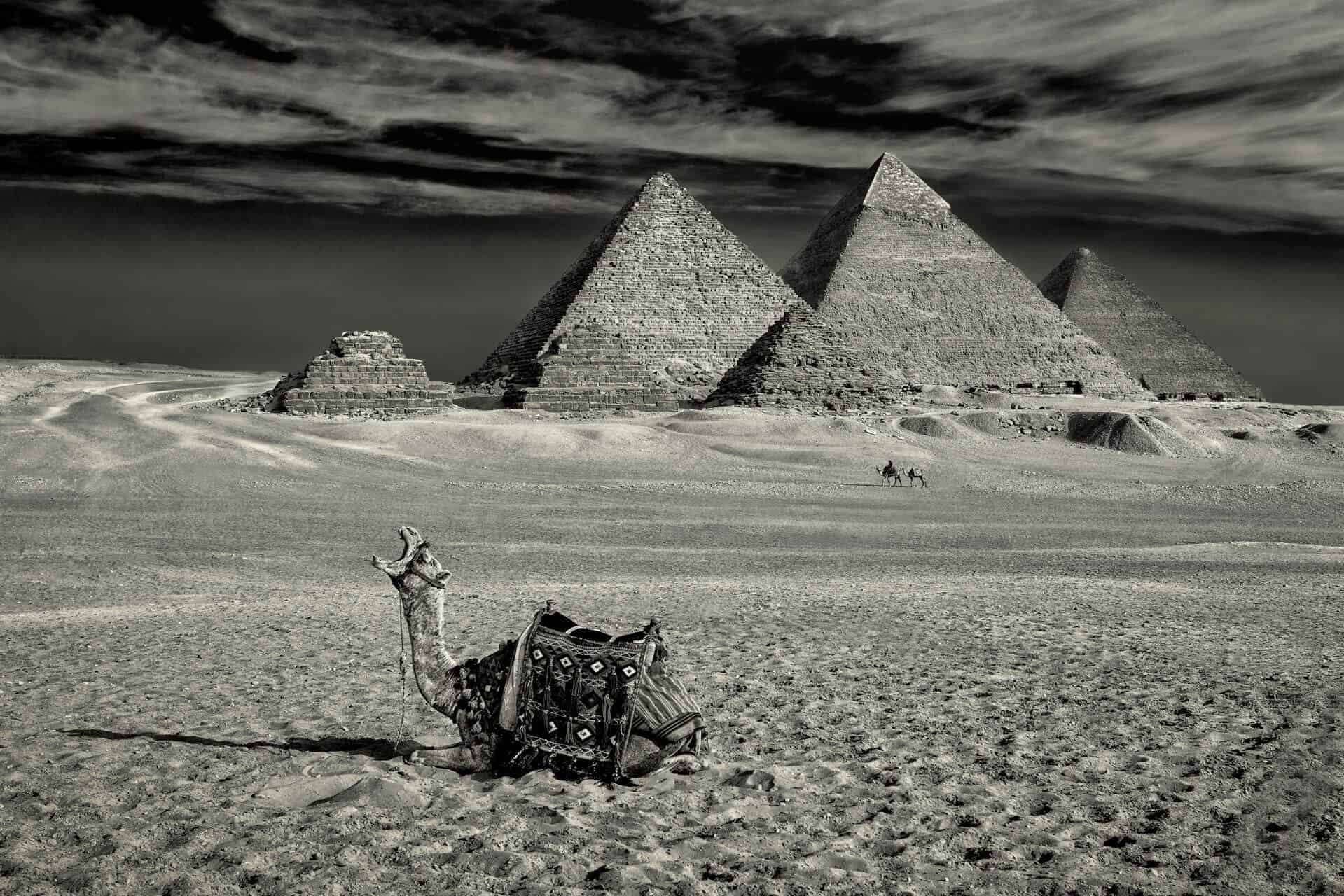Yawning Camel
15TH ANNUAL BLACK AND WHITE SPIDER AWARDS HONORS PHOTOGRAPHER ILAN WITTENBERG FROM NEW ZEALAND
LOS ANGELES, November 11, 2020 – Professional photographer Ilan Wittenberg of New Zealand was presented with the 15th Annual Black and White Spider Awards Nominee title at a prestigious Nomination & Winners PhotoShow.
The live online gala was attended by industry leaders and the photography community from around the globe who logged on to watch the climax of the world’s premier event for black and white photography. 15th Annual Jury members included captains of the industry from Musee de l’Elysee, Lausanne; Sotheby’s, London; Travel/Discovery Channel, New York; Kunsthaus Zurich, Switzerland; Portuguese Center of Photography, Porto; Aeroplastics Contemporary, Brussels; The Guardian, London; Contrasto Galleria, Milan; ADK Creative One Inc., Tokyo; Hiroshima MOCA, Japan; MACBA, Barcelona; and Pereira O’Dell in New York who honored Spider Fellows with 610 coveted title awards and 919 nominees in 32 categories.
“Simply Stunning.” Justine Gruser, Specialist at Sotheby’s commented. Bernardino Castro, Director at Portuguese Center of Photography (CPF), Porto said “The amazing quality of the images in the competition made it very difficult to select the winners. I would like to reinforce the relevance and impact of Black & White Spider Awards as a mobilizing agent in promoting the production and dissemination of excellent photography at an international level.” Christopher Doyle, Creative Director at Travel Channel/Discovery, New York added, “Always look forward to the way in which these photographers see the world in a unique and curious way.”
“It’s an incredible achievement to be selected among the best from the 6,378 entries from 69 countries we received this year” said Basil O’Brien, the awards Creative Director. “Ilan’s Yawning Camel,” an exceptional image, represents black and white photography at its finest, and we’re pleased to present him with the title of Nominee.”
BLACK AND WHITE SPIDER AWARDS is the leading international award honoring excellence in black and white photography. This celebrated event shines a spotlight on the best professional and amateur photographers worldwide and honors the finest images with the highest achievements in black and white photography.
No one knows how the Pyramids were built. It is one of the biggest mysteries ever. The Great Pyramid of Giza weighs 6 million tons. Its footprint is that it covers 13 acres. Its length along each side is 750 feet, and 481 feet tall. Half a million blocks were used in its construction. There are 144,000 casing stones, all highly polished and flat to an accuracy of 1/100th of an inch, about 100 inches (or 8 feet) thick and weighing about 15 tons each with nearly perfect right angles for all six sides. More importantly than its size, is its mathematical precision and its earth-grid coordinates locking it in to cardinal True North, so precise within 3/60th of a single degree! The pyramid incorporates the astrological dimensions of the planet.










Leave a Reply
Want to join the discussion?Feel free to contribute!